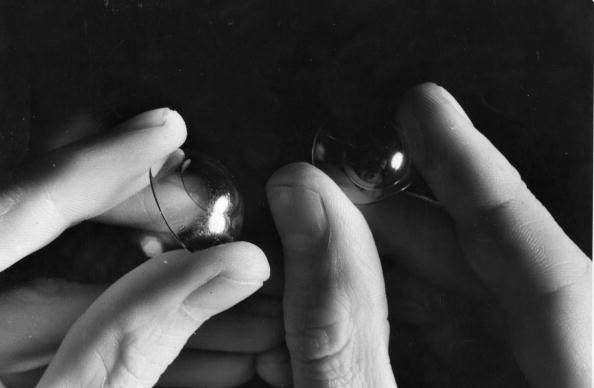
About 41 million Americans were contact lenses and nearly all of them are engaging in poor lens hygiene. They engaged in at least one behavior that can increase their risk of eye infections, according to a report from the U.S. Centers for Disease Control and Prevention. The report, based on a national survey, also noted that one in three contact lens wearers said they had gone to the doctor for red or painful eyes related to wearing contact lenses.
More than 99% of survey respondents reported at least one risky behavior such as:
- Keeping their contact lens cases for longer than the recommended 3 months (82.3%)
- "Topping off" solution in the case-adding new solution to the existing solution instead of emptying the case out fully and cleaning it before adding new solution (55.1%)
- Wearing their lenses while sleeping (50.2%).
Each of these behaviors has been reported to increase the risk of eye infections by five times or more.
The survey was conducted online survey with a sample of contact lens wearers. The CDC collaborated with the Contact Lens Assessment in Youth (CLAY) group, a multi-university group of researchers, to conduct the survey. A separate survey was used to estimate the number of contact lens wearers.
To reduce the risk of eye infections, contact lens wearers should:
- Wash their hands with soap and water and dry them well before touching the lenses
- Take contacts out before sleeping, showering, or swimming
- Rub and rinse contacts in disinfecting solution each time they are removed
- Rub and rinse the case with contact lens solution, dry with a clean tissue and store it upside down with the caps off after each use
- Replace contact lens cases at least once every 3 months
- Avoid "topping off" solution in lens case (adding fresh solution to old solution)
- Carry a backup pair of glasses in case contact lenses have to be taken out.
By focusing attention on good contact lens hygiene steps, the CDC hopes to help reduce the risk of eye infections and complications in people who wear contacts.



